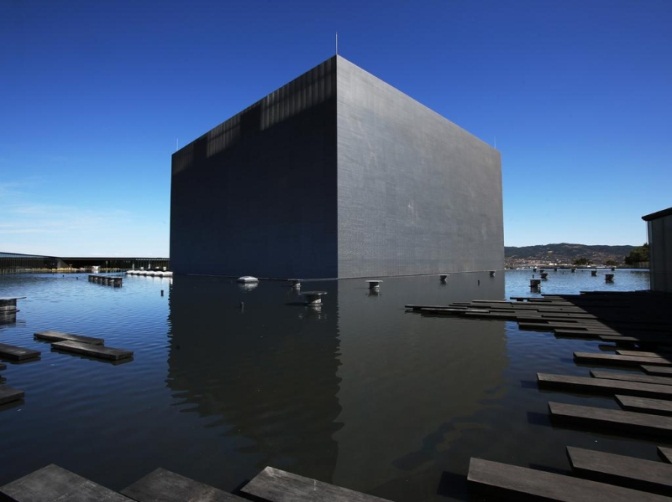Portugal Telecom’s New Landmark Data Center Sends The Message: “Transition Completed”


I was recently invited to join the celebrations for the opening of Portugal Telecom's (PT) new tier 3 data center in Covilha, Portugal. On this occasion, CEO Zeinal Bava reported the completion of major milestones in a five-year transformation program, including: 1) the transition to a next-generation network (NGN); 2) the transformation of business models to become more responsive to changing consumer needs; and 3) a transformation of the customer experience to become a customer-centric organization. Mr. Bava also announced the launch of a public cloud that's freely available to Portuguese citizens and elaborated on PT's hunger for cloud business in a competitive marketplace. As a symbolic act, 38 companies — including Accenture, the Football Association of Lisbon, Banco BIC, and Wipro Portugal — signed a cloud deal with PT on-stage. PT staged this event, located at its new state-of-the-art facility, to demonstrate its capabilities for innovation in terms of resilience, architectural design, energy efficiency, and capacity. Here is what it means for PT:
- By completing its transformation to NGN, PT shows its ability to become more nimble. This transformation was kicked off at a time when funds were more readily available than they are now. PT has to make these investments count, as its financial means for further expansion are now limited. The success of PT is linked to the economic situation in Portugal — and by providing job creation, cloud services for all, and improved network infrastructure, PT is playing its part in supporting the national economy. But generating growth for the Portuguese economy through ICT remains a challenge due to its high cost base compared with Eastern European nearshore locations outside the euro zone. PT's heavy reliance on the Portuguese economy in the current state remains a challenge.
- PT puts itself on the map as a regional force connecting Southern Europe with Latin America and Africa. Mr.Bava highlighted the strategic importance of Covilha in strengthening the ties in this regional triangle. He also heads up the Brazilian operator Oi, which looks likely to merge with PT (after the public agreement on October 2) in an ambitious move to become a powerhouse in Latin America. The position of PT could further benefit from the divestments of its competitors if Telefónica takes over Telecom Italia.
- PT is taking on the competition by commoditizing its core assets and services.While the move to offer free cloud access to every citizen injects a much-needed dynamism into the market, it is a courageous play that will put pressure on PT's own margins. True, over-the-top (OTT) players, including Google, will turn up the heat and force operators to rethink their pricing structure. But aggressively putting pressure on its own revenue base means PT will need to open up further markets at home and abroad. With limited investment capabilities going forward, PT marketers will have to get very creative about additional services.
PT is driving momentum in terms of gaining customers for its cloud services. If it can successfully fend off OTT players, IT service providers, and cloud services providers, PT will be in a strong position to become a leading NGN provider in the region. But this is a new game. As IT services from leading systems integrators are becoming more standardized, the competition is just beginning to heat up.